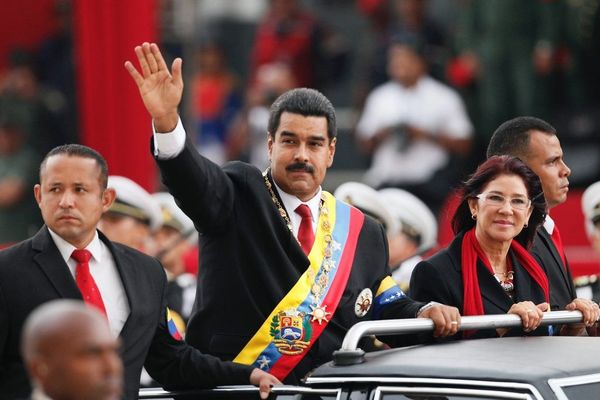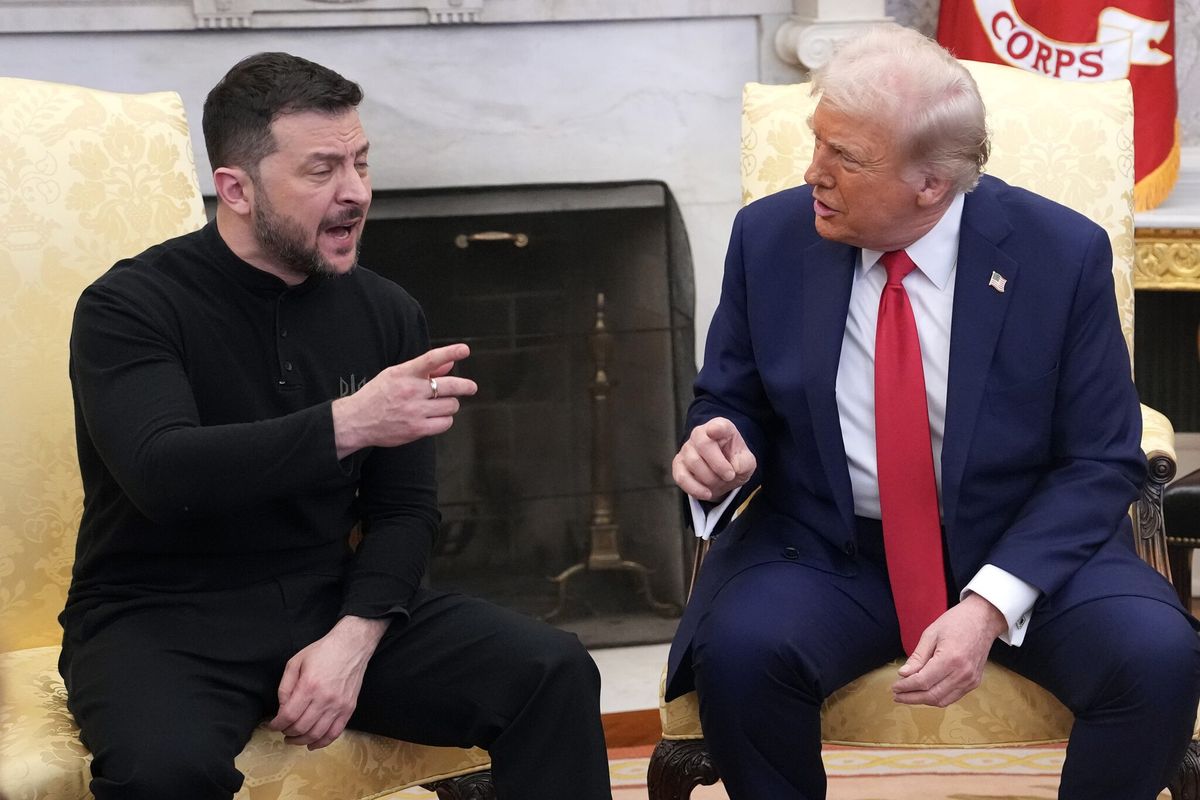OPINION — What are the “corresponding measures” President Trump is prepared to take in return for a promise from Chairman Kim Jong-un to dismantle his Yongbyon Nuclear Scientific Research Center, which has been producing both plutonium and highly-enriched uranium for North Korea’s nuclear weapons?
Kim and his representatives have been offering up Yongbyon in private conversations since last June’s US-North Korea summit. The most explicit proposal came at Kim’s meeting last September with South Korean President Moon Jae-in when their joint declaration announced North Korea was willing to undertake Yongbyon’s dismantlement “as [long as] the United States takes corresponding measures.”
Stephen Biegun, Trump’s special negotiator with North Korea, has said the same offer had been made to him, and that he was planning to explore what those “corresponding measures” might be during the pre-summit meetings held in Hanoi this past weekend.
North Korea already may have taken a pre-summit, public relations measure.
On Friday, one day before Kim set out by train for Hanoi and his meeting with Trump on Thursday, the 38 North website reported, “Commercial satellite imagery from February 11 and 21, 2019 of the 5 MWe plutonium production reactor [at Yongbyon] shows no indicators that the reactor is operating.”
Siegfried Hecker, former director of Los Alamos National Laboratory, who visited Yongbyon in 2010 and currently is professor emeritus at Stanford University, told me Sunday that he agreed, the reactor “is not operating now.” However, he said, it’s “not clear whether the reactor is not operating for political or technical reasons.”
Hecker pointed out the reactor only “operated intermittently for a good part of 2018.” According to a Stanford study by Hecker and colleagues, “The reactor operated in January and February [2018] but appears to have been shut down to unload spent fuel in March or early April.”
That spent fuel “generated during reactor operations from the summer of 2016 to early 2018 appears to have been reprocessed beginning in May to separate an estimated 5 to 8 kg of weapon-grade plutonium,” according to their report. That increased North Korea’s “estimated plutonium inventory of 20 to 40 kg by 5 to 8 kg,” according to the report.
A sophisticated implosion weapon contains 2 to 4 kg of plutonium, according to the Union of Concerned Scientists.
The Stanford group also reported that a uranium enrichment facility at Yongbyon, which “likely contains 4,000 P-2 centrifuges,”continued operation in 2018 and probably added “roughly 150
kg of weapon-usable HEU to its inventory,” which put its total production at “400 – 650kg…with the proviso that these estimates are highly uncertain.”
A gun-type atomic bomb would contain 40 to 50 kg, according the Union of Concerned Scientists.
The Stanford report also noted that “North Korea most likely has one or more covert centrifuge facilities, but as of 2017, the size and location had not been publicly identified.
In 2018, several open-source reports identified a suspected centrifuge facility at Kangsong, sized similarly to that in Yongbyon. Although there are still many uncertainties about that site, it or other covert sites are believed to roughly double the output of the Yongbyon site.”
In short, dismantling Yongbyon facilities, should that happen, would not close down North Korean production of weapons-grade fissile materials.
Yongbyon is a vast facility with much more than the 5 MWe plutonium production reactor. It also houses an experimental light water reactor, fuel fabrication facilities, a radiochemistry laboratory used for reprocessing, and waste storage facilities.
It is also the site of what was to be a 50MWe Nuclear Power Plant, begun in 1985, but its construction was halted in 1994 by the Clinton administration’s Agreed Framework agreement with Kim Jung Il, Chairman Kim’s father.
That agreement, which sounds very much like today’s discussions, called for a freezing and ultimate dismantling of North Korea’s nuclear facilities, including the operational 5 MWe plutonium production reactor. In return, Washington would normalize relations, provide “formal assurances” to Pyongyang against the threat or use of nuclear weapons and remove the sanctions applied to it. In addition, the U.S. would supply North Korea with 500,000 tons of heavy fuel a year and build two light-water reactors.
That agreement fell apart during the President George W. Bush administration, when Pyongyang, in January 2002, was tabbed one of the “axis of evil,” countries and it was discovered that North Korea had secretly begun uranium enrichment.
By 2003, the 5MWe plutonium reactor was restarted.
Diplomacy was not over, although North Korea’s nuclear program kept moving forward. Six Party Talks were held beginning in 2004 but did not reach an agreement until after North Korea had a nuclear test on October 9, 2006. Although the test was considered less than successful, the U.N. Security Council passed a resolution five days later requiring Pyongyang to refrain from further tests. That led to a shutdown of the 5MWe reactor in July 2007, and the destruction of its water-cooling tower in June 2008.
By December 2008, talks again broke down over having inspectors carry out verification of sites other than Yongbyon, and by April 2009, after Pyongyang was sanctioned for violation of a missile test ban, North Korea said it would no longer participate in negotiations. On May 25, 2009, North Korea announced it had conducted its second nuclear test which the Russian Defense Ministry said was between 10-to-20 kilotons.
Thus, there is much déjà vu in the current Yongbyon offer, and Kim is looking for some of the same rewards that his father sought.
Hecker and his team estimate that North Korea has produced enough fissile material for 37 bombs, but they believe some of that material is being held in reserve. While they believe work is continuing on design and miniaturization, they do not think the one September 3, 2017, two-stage, hydrogen bomb test means Kim has “an operational weapon.” More tests are needed.
In addition, their report said, “Without the benefit of additional nuclear tests and long-range missile tests, increased sophistication and deliverability on long-range missiles will be difficult to achieve.”
In short, like his father before him, Kim Jong-un has paused to see what he can get from the U.S. and its allies, based on the substantial advances he has made in becoming a world nuclear player.
And he must be asking himself whether Trump would pay attention to him at all if he didn’t have nuclear weapons and missiles. Why would he give them up?
And what should the world expect from Trump this week, who started out by threatening military action if North Korea gained the ability to strike the U.S. with a nuclear weapon, but appears, ironically, to have changed his tune at a time when Kim is closer to that capability than he was two years ago?
The answer to that will come in the statements of success that will undoubtedly follow the summit, in spite of whether there is any real progress made on original demands of complete denuclearization and whether we are any closer to those demands becoming reality.
Read more of Walter Pincus' Fine Print in The Cipher Brief











